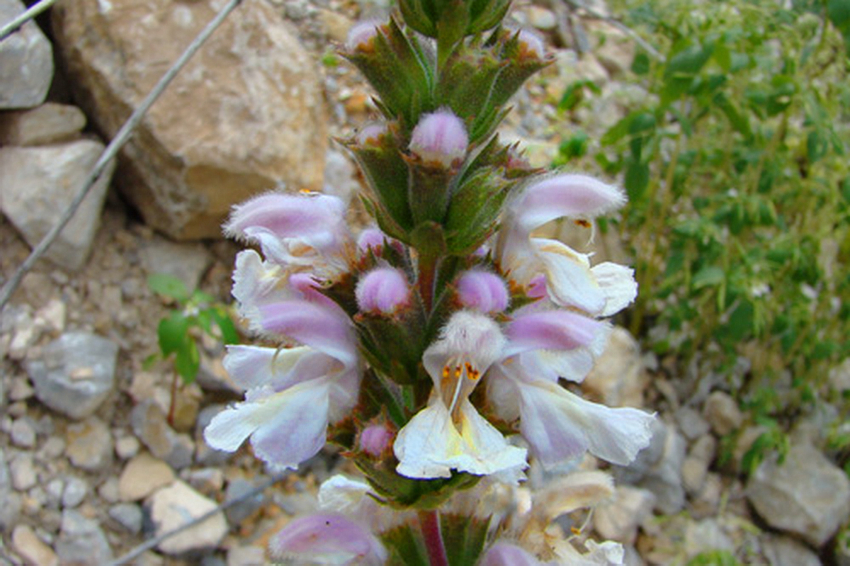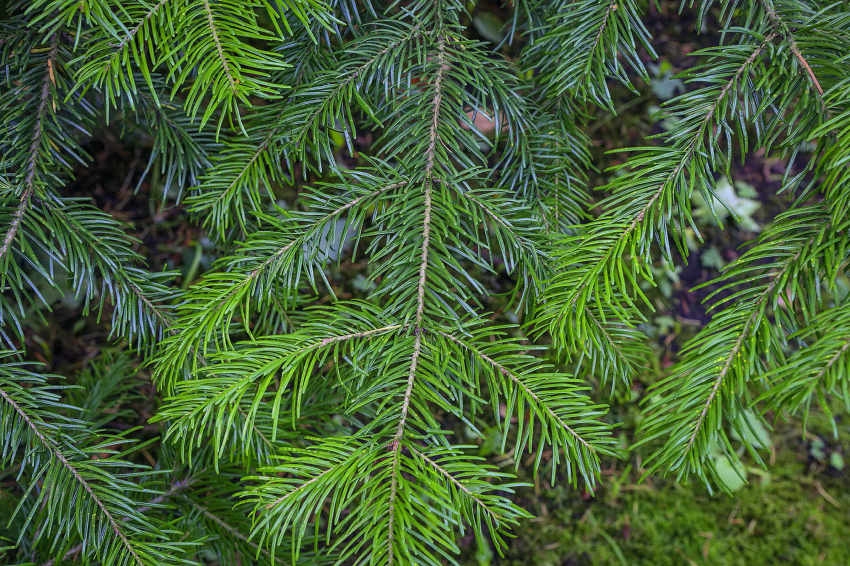RED BOOK: KGZ15 Bekechal Key Biodiversity Area
Bekechal onion (Allium bekeczalicum)
A characteristic feature is the plants bright purple "heads" of onions during the flowering period.
Botanical description: Inflorescence almost round, many-flowered, dense; pedicels almost 2 times shorter than tepals; stellate tepals 6.5 mm tall, linear-lanceolate, pink-violet with a green vein, twisted and recurved after flowering; filaments of stamens equal to tepals, styloid with almost ovoid base, without teeth, internal one and a half to two times wider than external ones.
Growing area: foothill-low-mountain (800-1600). Ranges within the Chatkal region of the Mountain Central Asian province. The mountainous Central Asian province is most clearly distinguished by the number of species found, as a whole, 81 species of onions grow there, or 85% of the total number of onions growing in the territory of the Kyrgyz Republic.
Species of the genus Allium are used as medicines and for the preparation of food supplements. Wild onions are widely used by the local population for food. Many species are grown as decorative. In Kyrgyzstan, for a number of reasons - collection for food, use as medicinal raw materials, etc., many members of the genus become rare and need protection, some of them are listed in the Red Book of the Kyrgyz Republic.
Security measures: Organize the rational and sustainable use of pastures (they are also the habitats of many wild onions), which includes the establishment of rational norms for the load of livestock, the implementation of the correct start and end dates for grazing on pastures and their strict observance.
Photo source:
Source:
Phlomoides kurpsaica
Genus (Phlomis), numbering about 100 species of herbaceous plants, is included in the Lamiaceae family (Lamiaceae, or Lamiaceae) The Latin name of the genus - Phlomis - comes from the word "flame". This is due to the fact that in stale leaves the plants curl up and are used as wicks for oil lamps.
Biological description of the genus. Perennial subshrubs or shrubs with lanceolate or oval entire leaves. The flowers are two-lipped, in false whorls, forming a common spike-shaped inflorescence, the corollas are pink or purple, sometimes yellow.
Flowering in mid-summer.
Interesting Facts: Plants of the Lamiacea family are successfully used in the treatment of many diseases due to the content of a large number of biologically active compounds in their composition.
Photo source:
Chamomile (Pyrethrum brachanthemoides)
Chamomiles belong to the Compositae family. These are perennial herbaceous (rarely woody at the base) plants, covered with simple or bipartite hairs (sometimes completely bare), with erect or ascending stems at the base and alternate leaves, more or less dissected, rarely whole.
Botanical description: Сhamomile (Pyréthrum), a genus of perennial pubescent herbaceous plants of the Compositae family. 5-150 cm high. The leaves are alternate, pinnate, rarely entire. The flowers are small, in baskets, solitary or collected (2-40, rarely 100) in a common corymbose inflorescence; marginal flowers pistillate, reed, disc flowers bisexual, tubular.
Habitat: Some chamomiles grow on rocky and gravel slopes, glacial moraines, shale and pebbles at an altitude of over 3000 m and are rightfully considered a symbol of the highlands.
Interesting facts: Some species of chamomile accumulate pyrethrins, substances that are poisonous to insects and other invertebrates. Some species are used as decorative plants.
Photo source:
Source: Great Soviet Encyclopedia













